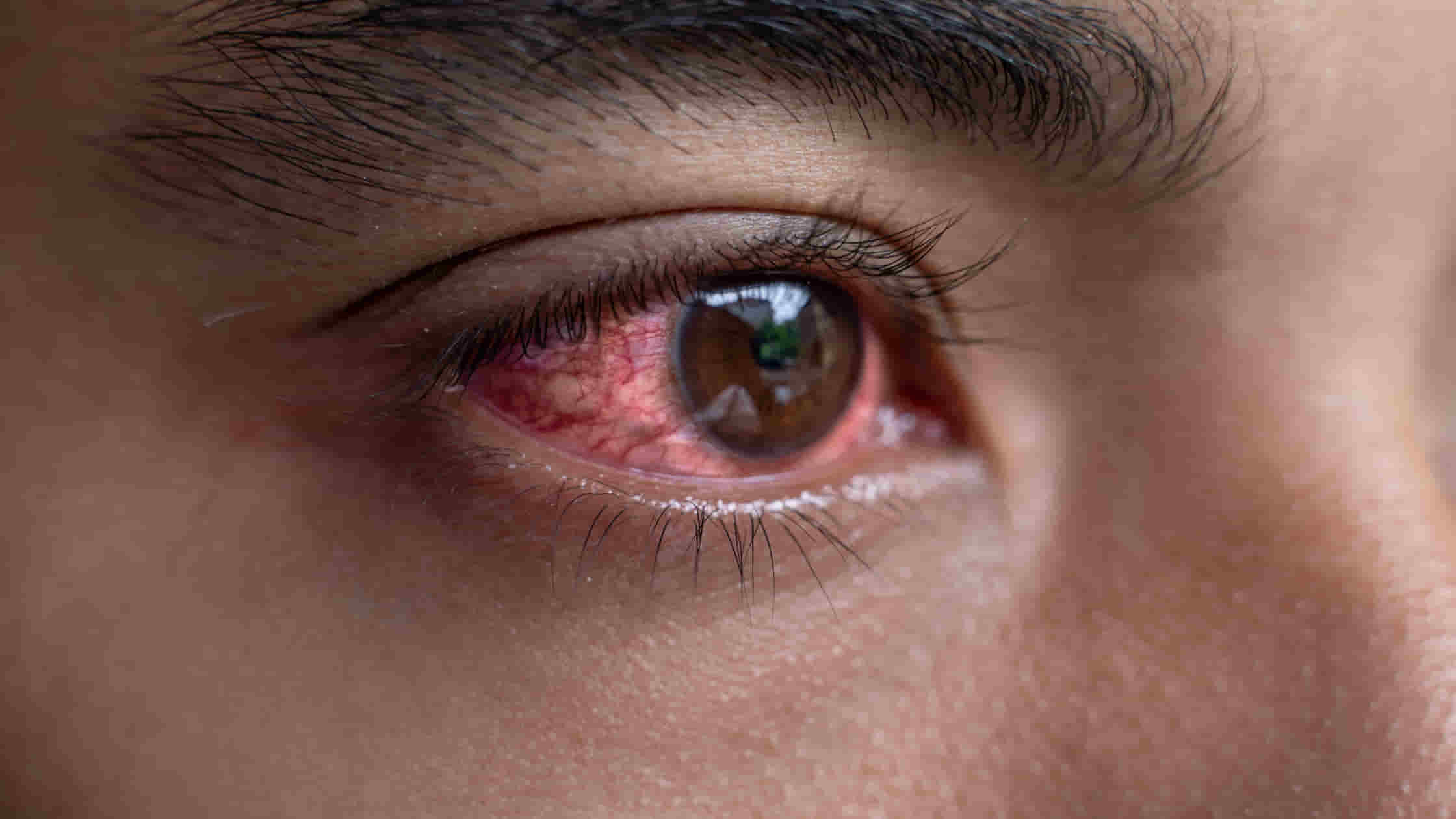Eye flu, also known as viral or allergic conjunctivitis, is a common eye infection that can affect people of all ages. In this comprehensive article, we will explore the symptoms, causes, and transmission of eye flu, along with the various treatment options available. Additionally, we will discuss effective home remedies to alleviate discomfort and promote faster recovery. Furthermore, we will delve into the importance of Realtime data in tracking eye flu cases and draw comparisons to the COVID-19 pandemic. To ensure your safety and reduce the risk of contracting eye flu, we will provide essential precautions and practical tips and tricks that you can easily incorporate into your daily routine.
Symptoms of Eye Flu
- Redness and Irritation
- Watery Eyes
- Itchy Sensation
- Discharge from the Eyes
- Swelling around the Eyes
- Light Sensitivity
- Blurred Vision
One of the hallmark symptoms of eye flu is redness and irritation of the eyes, often accompanied by a watery discharge. The infected person may also experience an itchy sensation and swelling around the eyes. Light sensitivity and blurred vision are common complaints during an eye flu episode.
Causes of Eye Flu
- Viral Infection
- Bacterial Infection
- Allergic Reactions
- Environmental Factors
Eye flu can be caused by viral or bacterial infections. Allergic reactions to environmental factors, such as pollen or pet dander, can also trigger eye flu-like symptoms.
Transmission of Eye Flu
- Person-to-Person Contact
- Contact with Infected Surfaces
- Airborne Transmission
Eye flu is primarily transmitted through person-to-person contact or contact with infected surfaces. Airborne transmission can also occur when infected individuals cough or sneeze.
Diagnosing Eye Flu
- Medical Examination
- Swab Test
- Eye Flu vs. Conjunctivitis
Diagnosing eye flu involves a medical examination by a healthcare professional, and in some cases, a swab test may be performed to determine the cause of the infection.
Treatment Options for Eye Flu
The treatment approach for eye flu depends on its underlying cause. Viral eye flu is typically managed with supportive care, while bacterial eye flu may require antibiotics. Allergic eye flu can be treated with antihistamines or allergy eye drops.
Home Remedies for Eye Flu
- Warm Compress
- Cold Compress
- Artificial Tears
- Honey Eye Drops
- Cucumber Slices
Several home remedies can provide relief from eye flu symptoms, including warm compresses, cold compresses, artificial tears, honey eye drops, and cucumber slices.
Realtime Data of Infected Persons
Realtime data on eye flu cases is crucial in monitoring its spread and developing effective public health measures. We will explore reliable resources for tracking realtime eye flu data and draw comparisons to the COVID-19 pandemic.
Precautions to Prevent Eye Flu
- Hand Hygiene
- Avoid Touching Eyes
- Avoid Sharing Personal Items
- Proper Hygiene Practices
- Social Distancing
To avoid eye flu, practicing good hand hygiene, avoiding touching the eyes, and refraining from sharing personal items are essential. Proper hygiene practices and maintaining social distancing can further reduce the risk of infection.
Tips and Tricks to Avoid Getting Infected with Eye Flu
- Boosting Immune System
- Using Protective Eyewear
- Avoiding Smoke and Pollutants
- Healthy Lifestyle Habits
Boosting the immune system, using protective eyewear, and avoiding exposure to smoke and pollutants are effective strategies to protect against eye flu. Adopting a healthy lifestyle can also strengthen the body’s defenses.
Importance of Timely Medical Attention
Knowing when to seek medical help is vital in managing eye flu effectively. Untreated eye flu can lead to complications and prolonged discomfort.
Addressing Eye Flu in Specific Age Groups
- Eye Flu in Children
- Eye Flu in Adults
- Eye Flu in Elderly
Eye flu can affect different age groups differently. We will address its impact on children, adults, and the elderly, and highlight specific care considerations for each age group.
Eye Flu Prevention and Awareness Campaigns
Governments and healthcare organizations play a vital role in raising awareness about eye flu and implementing prevention measures. We will explore various initiatives and awareness programs that promote eye health.
Conclusion
Eye flu, with its distinct symptoms and transmission patterns, requires prompt attention and proper care. By understanding its causes, symptoms, and available treatments, along with following preventive measures, we can safeguard our eye health and well-being.
Another article :- 8 Golden tips for losing weight without Workout
FAQs
Q1: Can eye flu be transmitted through the air? A: Yes, eye flu can be transmitted through the air when infected individuals cough or sneeze, releasing respiratory droplets that can reach the eyes of susceptible individuals.
Q2: Is eye flu the same as conjunctivitis? A: Eye flu is a type of conjunctivitis. However, not all cases of conjunctivitis are caused by viral or allergic factors like eye flu.
Q3: Are over-the-counter eye drops effective in treating eye flu? A: Over-the-counter eye drops can provide relief from mild eye flu symptoms, but they may not treat the underlying cause. Consult a healthcare professional for appropriate treatment.
Q4: Can eye flu lead to permanent vision damage? A: In most cases, eye flu resolves without causing permanent damage to vision. However, severe and untreated cases may lead to complications, emphasizing the importance of seeking timely medical attention.
Q5: Is eye flu more common during certain seasons? A: Eye flu caused by viral infections can be more prevalent during certain seasons, such as spring and fall, when allergens are abundant. However, bacterial eye flu can occur at any time of the year

One thought on “Eye Flu || Symptoms ,Treatment and Tips to avoid”